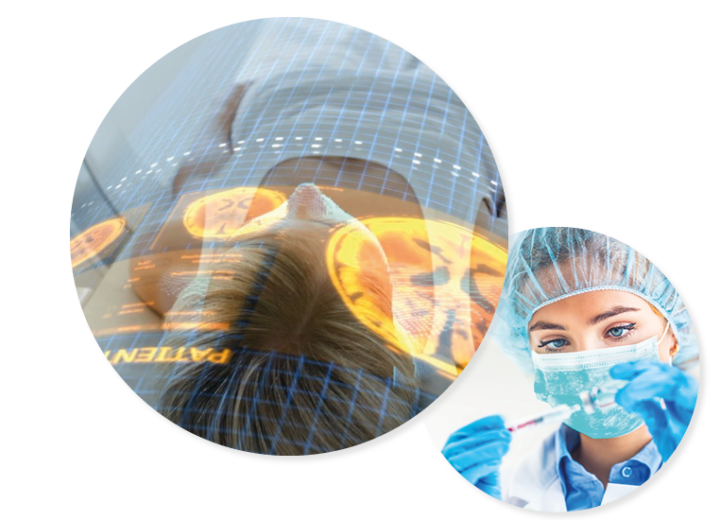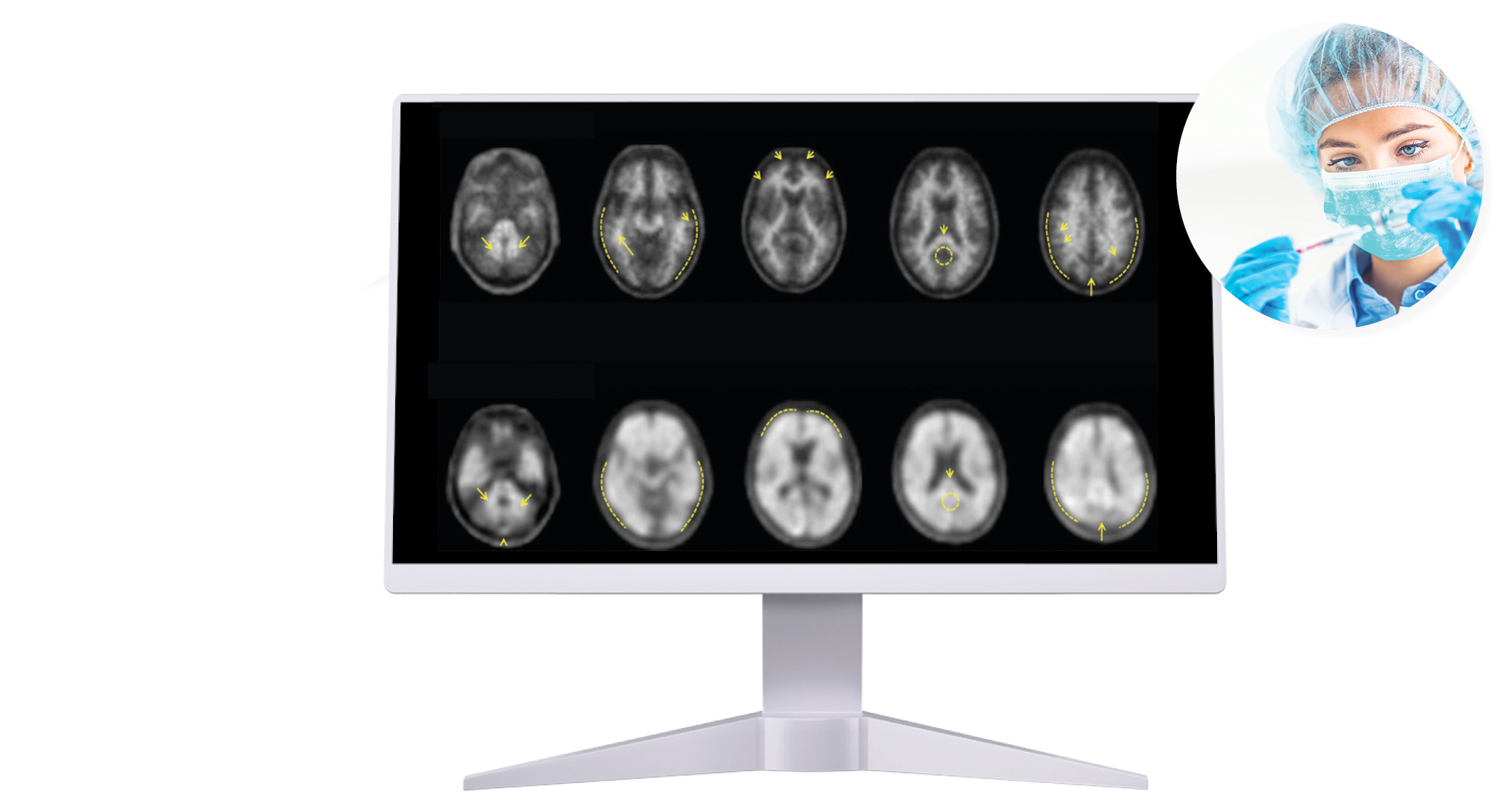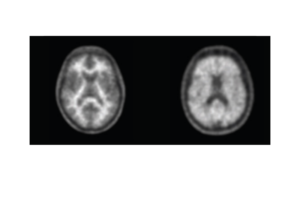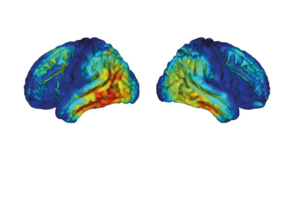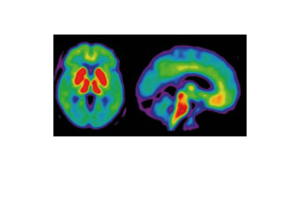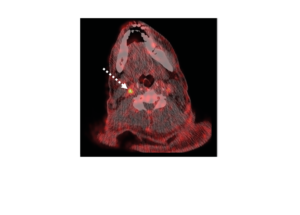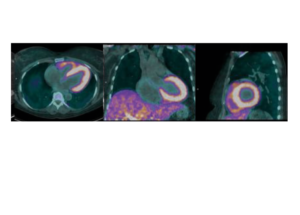Life Molecular Imaging is developing a product portfolio of innovative molecular imaging tracers that address major clinical needs in neurology and cardiology.
Life Molecular Imaging
Making the
Making the
Invisible
Visible
Molecular imaging provides unique insights into the human body, enabling physicians to provide an improved diagnosis and personalize patient care


